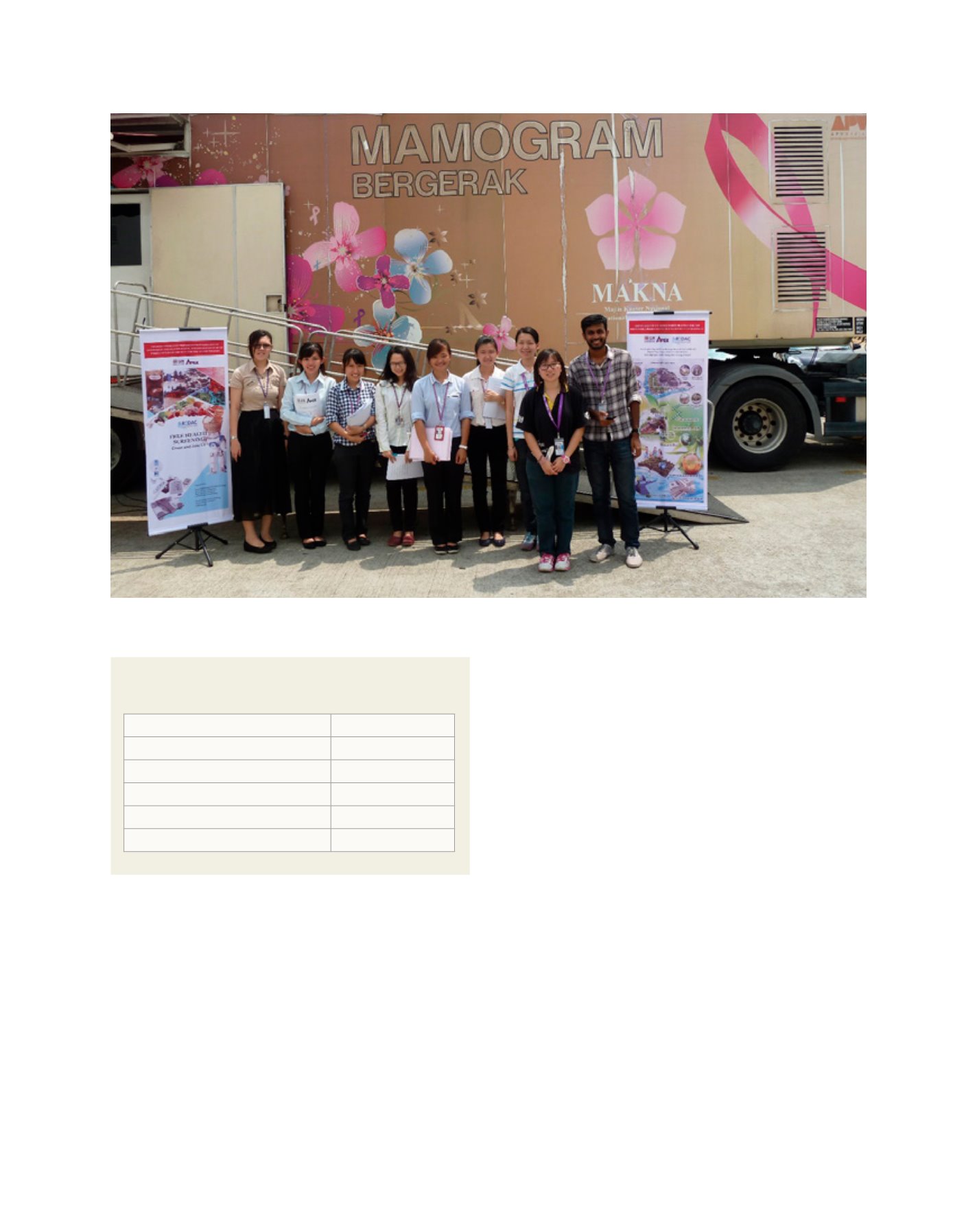

[
] 115
access
to
water
and
sanitation
for
all
During this time, the shift in hydrological conditions made
dramatic alterations to the physical, social, economic and
environmental conditions in the area heavily affected by
flood. The Pahang River, the largest in Peninsular Malaysia,
has deteriorated significantly in terms of pollution and its
influence on geological changes throughout the country. It is
the main artery of the Pahang River Basin, with a maximum
catchment of 459 km by 236 km, draining an area of 29,300
km
2
, from Cameron Highlands upstream to the South China
Sea. The area has a hot and humid climate, characterised by
a bimodal pattern of south-west and north-east monsoons,
with a mean temperature of 25–27 °C, average air humidity
of 85%, and a rainfall rate of 1,600 mm/year. According to the
Interim National Water Quality Standard (INWQS) proposed
by the Department of the Environment, Malaysia, the avail-
able water supply was categorized as Class V, designated a
level of high pollution.
Meanwhile, heavy metals, including cadmium, chromium,
iron, nickel, zinc, copper and lead ions have been detected
in the flood water, exceeding the drinking water guidelines
permitted by the World Health Organisation and United
States Environmental Protection Agency. The flood water
had also been found to be contaminated by microbes, with
a high level of
Escherichia coli
,
Salmonella typhimurium
and
Shigella flexneri
, ranging from
≤
50 cfu/100 mL to 96 x 10
3
cfu/100 mL. Analysis indicates that the river water quality
has been drastically compromised through flood events, with
the water unfit for daily sanitation and consumption, and a
high public health risk to the local community.
In addition to the damages to the natural environment,
the flood has led to a variety of social changes, notably
population displacement, livelihood loss and family disin-
tegration. To better understand the flood risks and create a
management plan for preparedness in future flood disasters,
a National Flood Management Programme was organised by
the River Engineering and Urban Drainage Research Centre
(REDAC) and School of Industrial Technology, Universiti
Sains Malaysia. This was done in partnership with the state
government from the flood-prone areas in Perlis, Kedah,
Perak, Pulau Pinang, Selangor, Melacca, Kelantan, Pahang,
Terengganu and Johor, Malaysia, with the aim to set up a
foundation for long-term comprehensive solutions to flood
Water sampling analysis of the Pahang River after
flood events of 2014
pH
5.02–5.52
Dissolved oxygen (DO)
3.15–4.48 mg/L
Biochemical oxygen demand (BOD
5
)
1.00–31.00 mg/L
Chemical oxygen demand (COD)
4.00–125.00 mg/L
Total suspended solids (TSS)
3.50–37.75 mg/L
Ammonical-nitrogen (NH
3
-N)
0.91–2.11 mg/L
The National Flood Management Programme organised by REDAC, Universiti Sains Malaysia in conjunction with the National Cancer Council Malaysia in Kota
Bharu, Kelantan, Malaysia
Image: USM
Source: USM
















